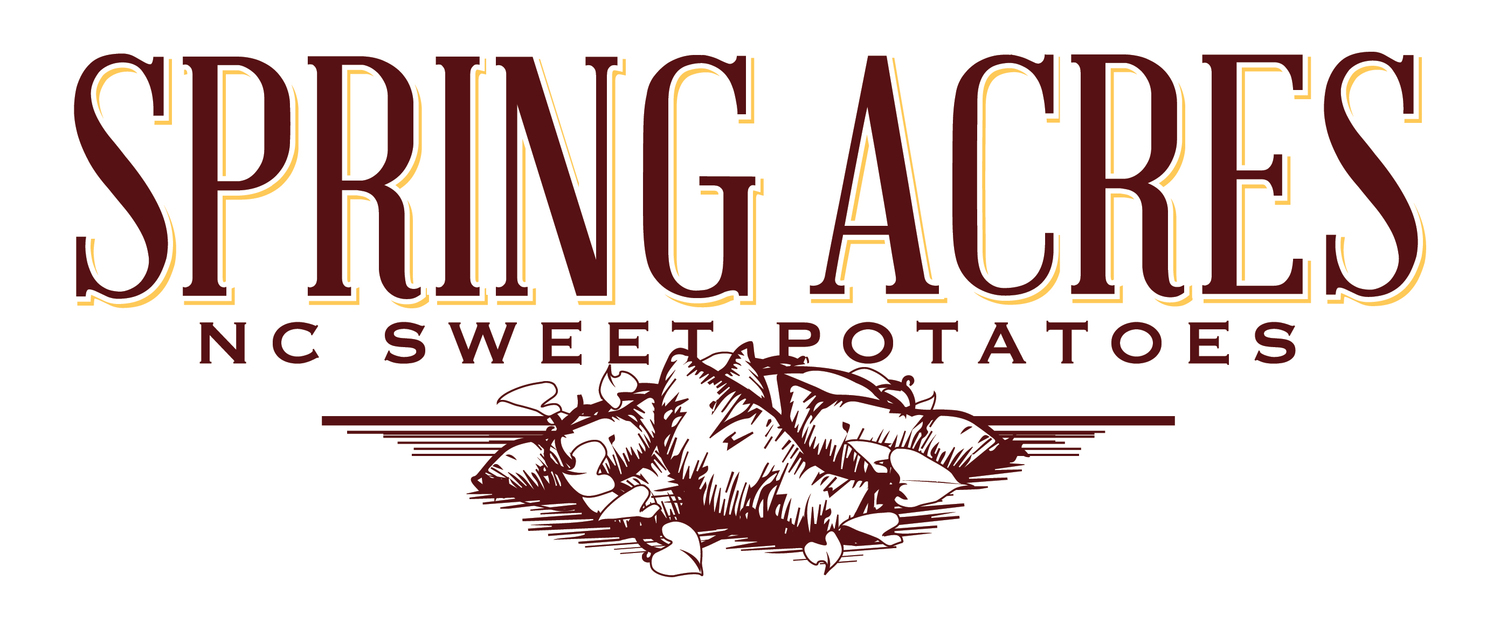Sweet Potato Info
Is a sweet potato a potato? Potatoes, are members of the Solanum Tuberosum family, while sweet potatoes are in the Morning Glory Convolvulaceae family. The sweet potato probably got linked up as a potato with the corruption of the word batata, the Indian word for sweet potato. To add to the confusion, when is it a yam and when is it a sweet potato? Yams and sweet potatoes are terms used interchangeably in the United States, but yams in America are actually sweet potatoes that have a moist texture and an orange flesh. The US Department of Agriculture now requires that the label, "yam," always be accompanied by "sweet potato."
It is thought all this confusion began in 1930 when growers introduced a new variety of a very sweet, orange-fleshed sweet potato, and called it a Louisiana yam to distinguish it from the more common white sweet potato. The English word "yam" was adopted from the African word "nyami" meaning a starchy, edible root. Note that sweet potato is now one word to avoid confusing them with potatoes.
Yams are members of the lily family and originated in West Africa/Asia, while sweet potatoes are members of the Morning Glory family and originated in Tropical America (Peru, Ecuador.) In addition, sweet potatoes are the roots of the plant, whereas yams are rhizomes with creeping stems that grow horizontally at or under the surface of the soil. (Potatoes are tubers.)
There are several other differences. True yams have rough, scaly skins with a long, cylindrical shape (some have toes) and because they contain more starch then sweet potatoes, they aren't as sweet. Yams are larger too, ranging in size from that of a small potato to a humungous 7½ feet long and weighing 120 pounds.
Sweet potatoes have thin, smooth skins that depending on the variety vary in color from a pale yellow-to a deep purple-to a vivid orange. Their short, blocky, shape has tapered ends with flesh colors that vary from light yellow to pink, red, or orange.
Retailers will often refer to the two types of sweet potatoes as dry (yellow-fleshed) and moist (orange-fleshed), although those terms do not accurately reflect moisture content. Growers cure both types of sweet potatoes by storing them in warm, moist rooms for about ten days before they are sent out to the stores. This helps to preserve them longer, gives them a darker color on the outside, and helps to convert their starch to sugar which makes them sweeter when cooked as well as giving them a smoother texture. Generally, only sweet potatoes harvested after October are cured.
North Carolina is the largest producer of sweet potatoes followed by Louisiana and California.


